
Map Showing 13 Original Colonies of the United States Answers
This map displays the 3 Regions in which the 13 Colonies were divided. The Northern Colonies are represented in Red, the Middle Colonies in Purple, and the Southern Colonies in Blue. To see the 13 Colonies Map, click the buttons. To see how the colonies began and grew, press the buttons with the years. Zoom in on the map to take a closer look!
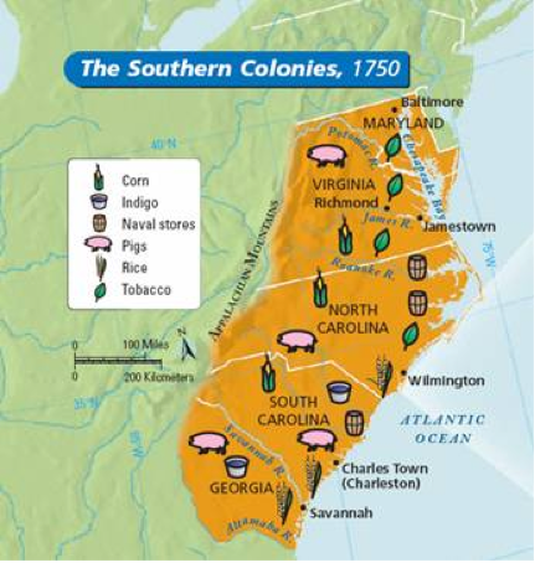
Colony Regions 7th grade humanities
Southern Colonies Maps The Southern Colonies included Virginia, Maryland, North Carolina, South Carolina, and Georgia. This image is courtesy of east -buc.k12.ia.us.. Find The 13 British Colonies on this map of the current United States. This map shows the present boundaries of the states. The image is courtesy of the University of Texas.
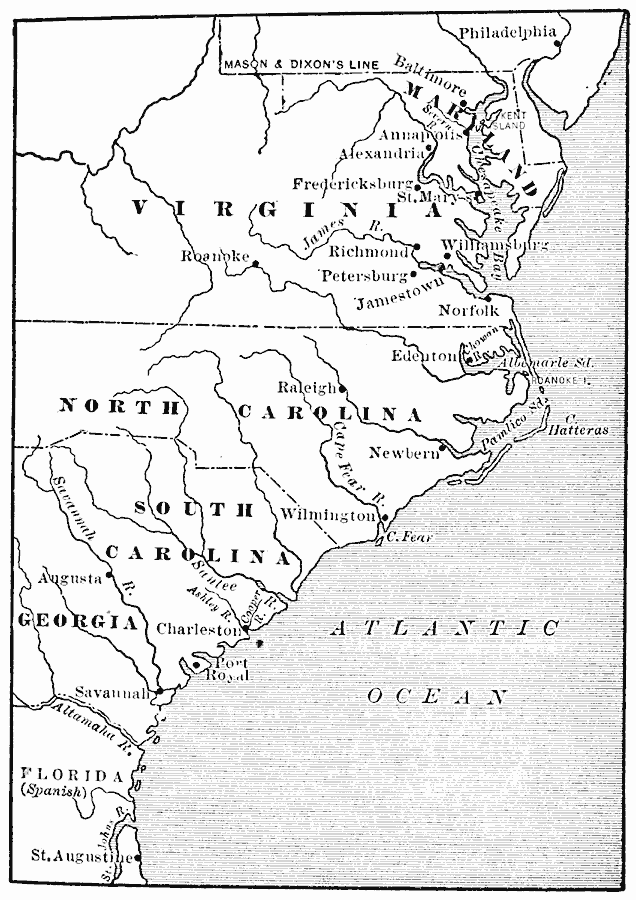
The Southern Colonies
LC Maps of North America, 1750-1789, 143, 714, 1073, 1396, 1697 List of geographical atlases in the Library of Congress, 1206 Available also through the Library of Congress Web site as a raster image.. Map A general map of the Southern British Colonies in America, by B. Romans About this Item. Image; Image. Go. Pages. Previous Page Next Page.
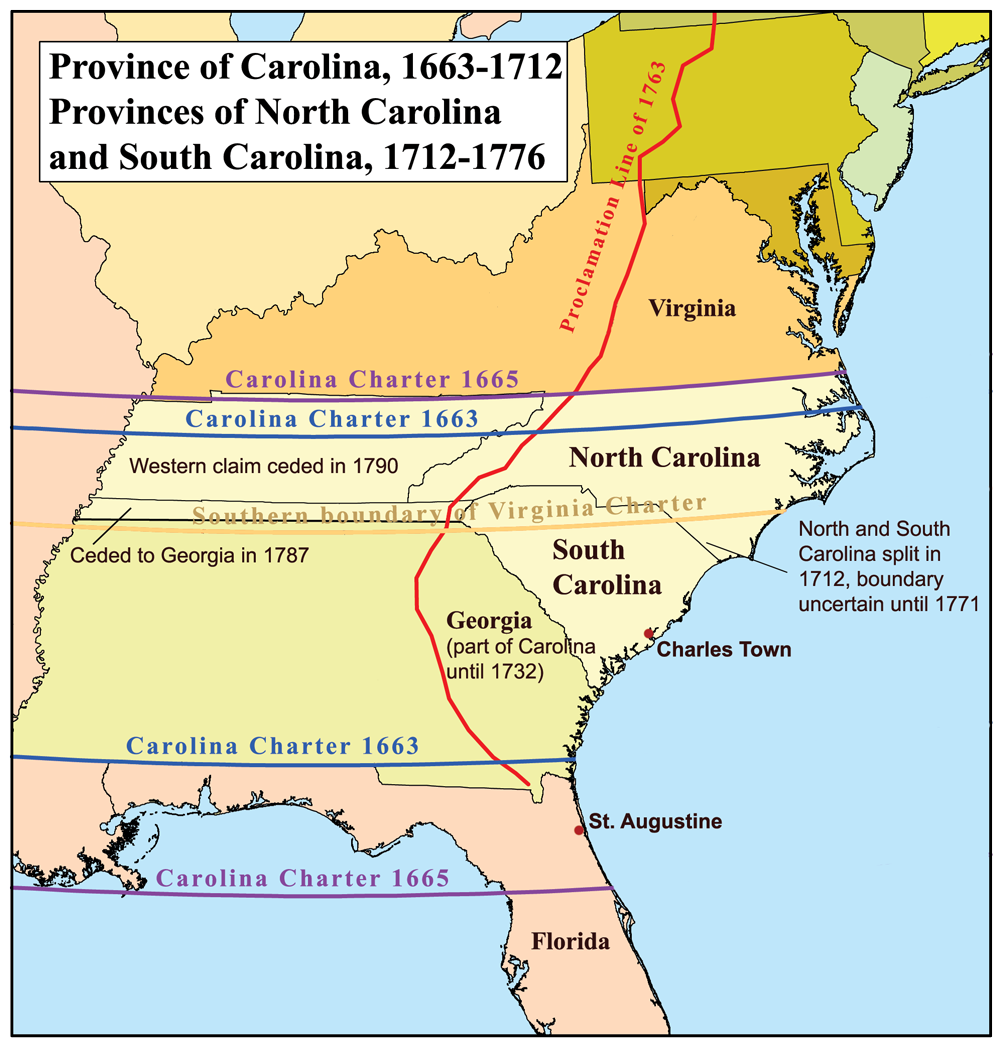
Compare and contrast the differences between the Northern and Southern
Southern Colonies Summary. The American Colonies are generally divided into three regions — the New England, Middle, and Southern. The Southern Colonies, in geographic order, from North to South, were: The warm climate and fertile land of the Southern Colonies were conducive to the growth of prosperous cash crops like tobacco, rice, and indigo.
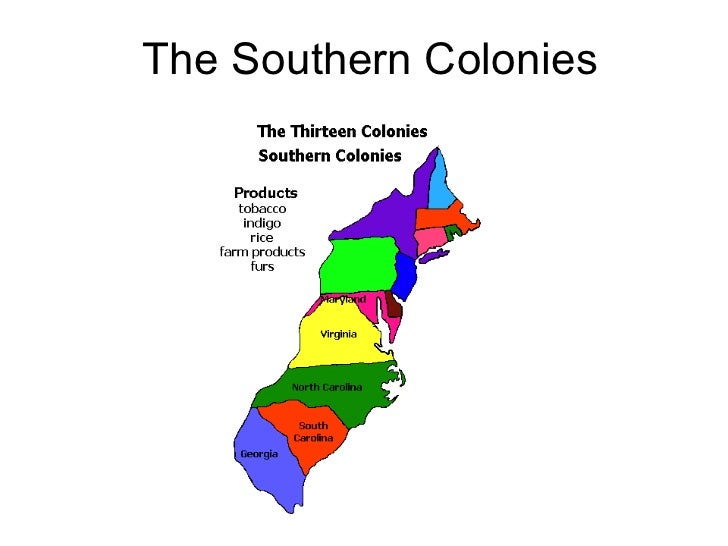
The Southern Colonies
The Middle Colonies, 1527 Map showing the Middle Colonies. Early Carolina, 1565-1733 AD A map of Carolina, as granted by Charles II. Roanoke Island, Jamestown, and St. Mary's, 1584-1632 A map showing Roanoke Island, Jamestown, and St. Mary's. Roanoke Island, 1585 A map of Roanoke Island. The Southern Colonies, 1606 AD Map showing the Southern.
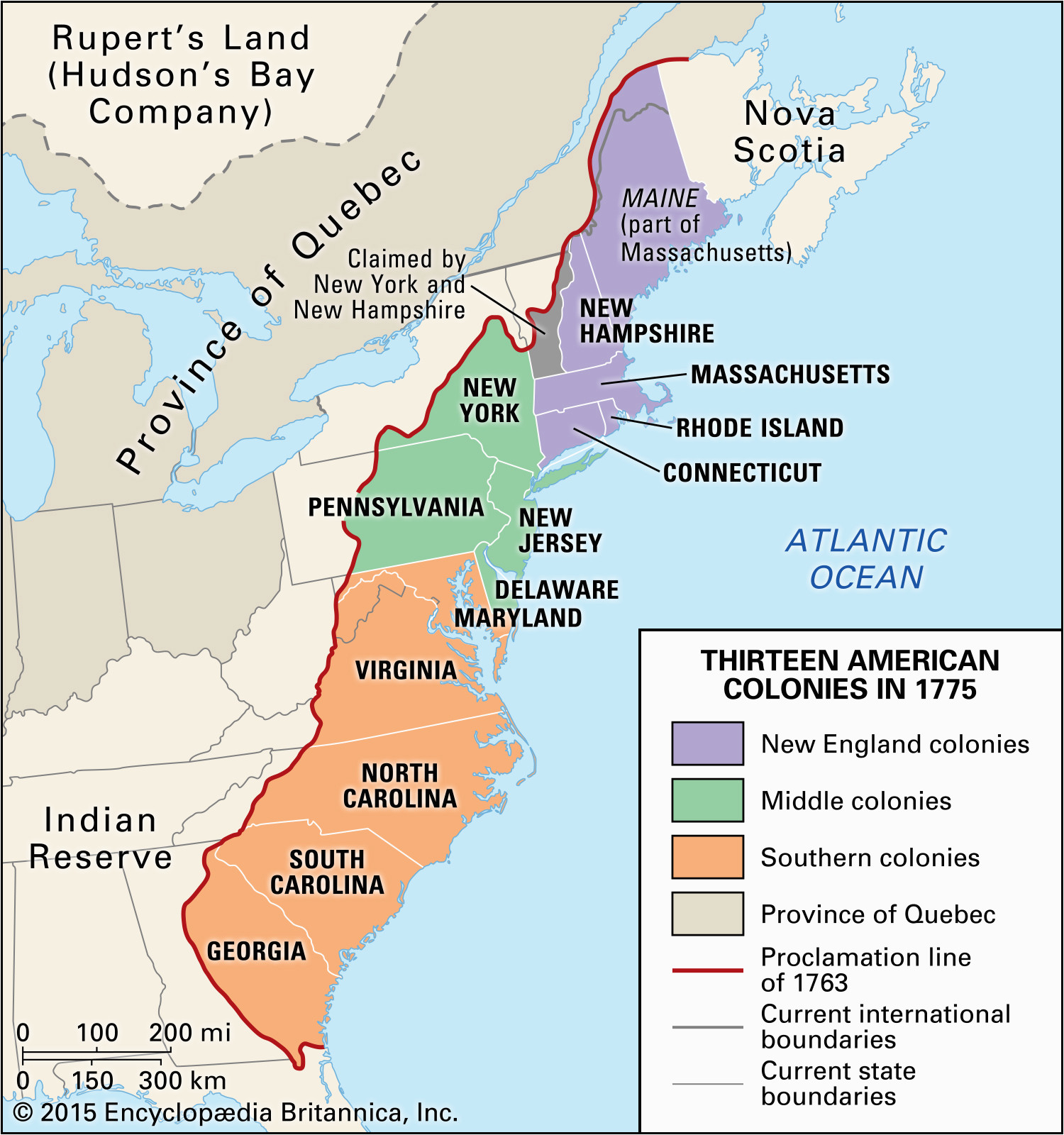
Map Of the New England Middle and southern Colonies secretmuseum
The original 13 colonies were divided into three geographic areas consisting of the New England colonies, the Middle colonies, and the Southern colonies. The first European colonists and settlers did not know how big North America was because they didn't have a map of the continent - it was, literally unchartered land.

Class 4316 Blog The 13 Original Colonies
Southern Colonies. The Southern Colonies provides important information and interesting facts about each of the 13 Colonies including the date the colony was established, the region (New England, Middle or Southern) the systems of Colonial government, religion, details of trade and economic activity and the names of famous people associated with the founding and establishment each colony.

The Southern Colonies by Zadie Nguyen
Map of A map of the Southern Colonies showing the current boundaries of Maryland, Delaware, Virginia, North Carolina, South Carolina, and Georgia, showing early European settlements. Maps ETC > United States > Early America 1400-1800 > The Southern Colonies, 1606: Site Map .
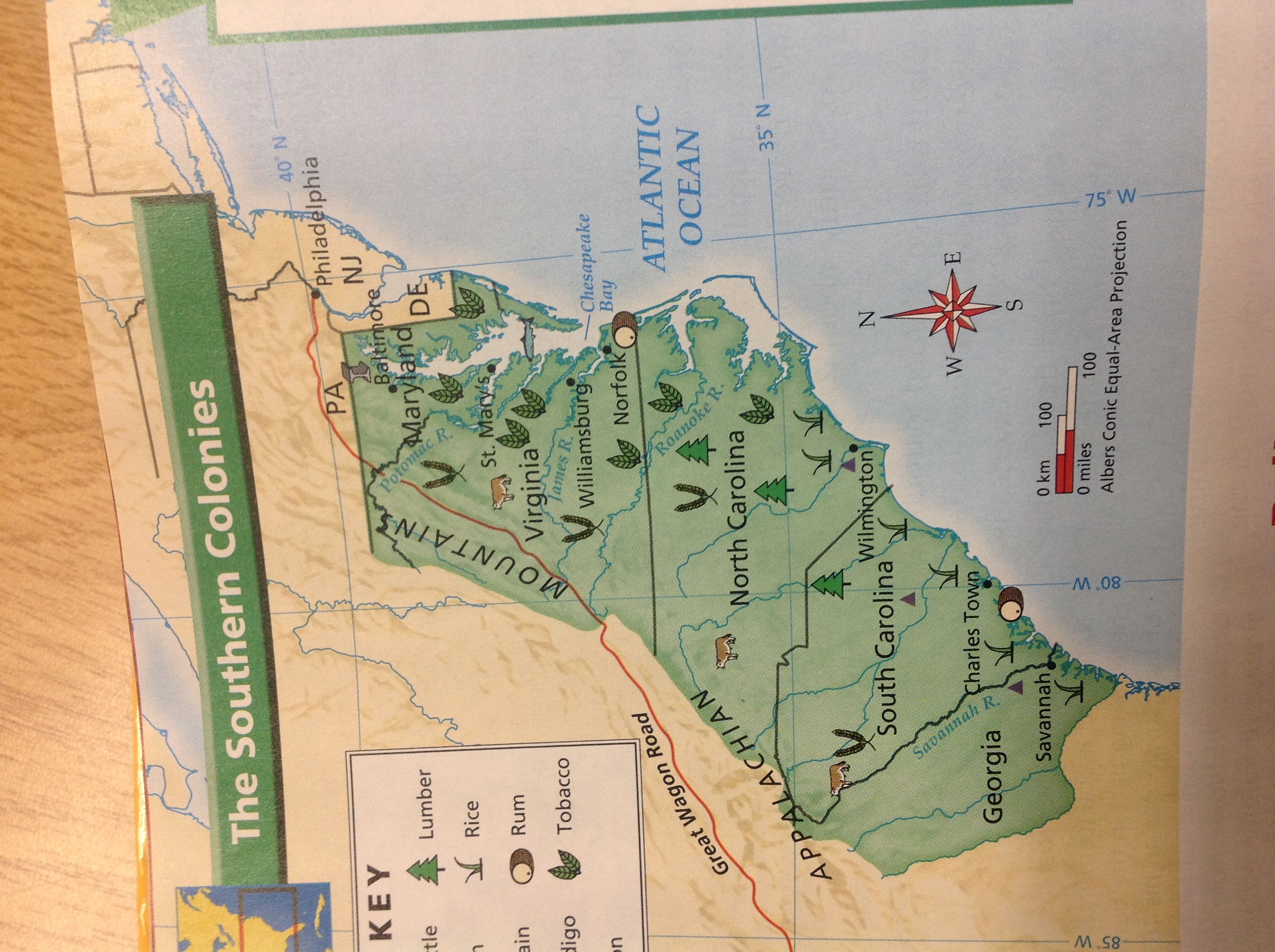
Blog Posts MRS. HOLLOWAY'S WEBPAGE
Maps > United States > Early America 1400-1800. Site Map. Record 1 to 10 of 199. A collection of historic maps of early America from explorations and settlements of the English, French, and Spanish, to the end of the American Revolutionary War. The Colonies and the Revolutionary War, A map of the Thirteen Colonies during the American Revolution.
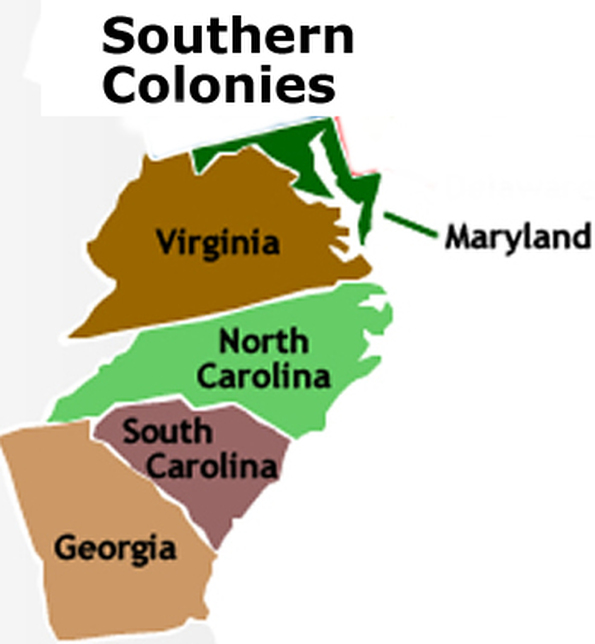
The Southern Colonies Colonial America
Map of the colonies with the proclamation line of 1763 shown in red. The Southern Colonies within British America consisted of the Province of Maryland, the Colony of Virginia, the Province of Carolina (in 1712 split into North and South Carolina), and the Province of Georgia.In 1763, the newly created colonies of East Florida and West Florida would be added to the Southern Colonies by Great.

Life in the Southern Colonies (Part 1 of 3) Journal of the American
The Southern colonies were noted for plantations, or large farms, and for the use of slaves to work on them. The English were the first Europeans to settle the Southern colonies. In 1606 an expedition of colonists sailed from England to the New World. The next year they established Jamestown Colony in what is now the state of Virginia.

Southern Colony
The Southern Colonies enjoyed warm climate with hot summers and mild winters. Geography ranged from coastal plains in the east to piedmont farther inland.. 13 Colonies Printable Blank Map; Life in Puritan Massachusetts; Who were the Quakers? Tobacco in the Southern Colonies; History of Cotton in America; Indigo in the South Carolina Colony;
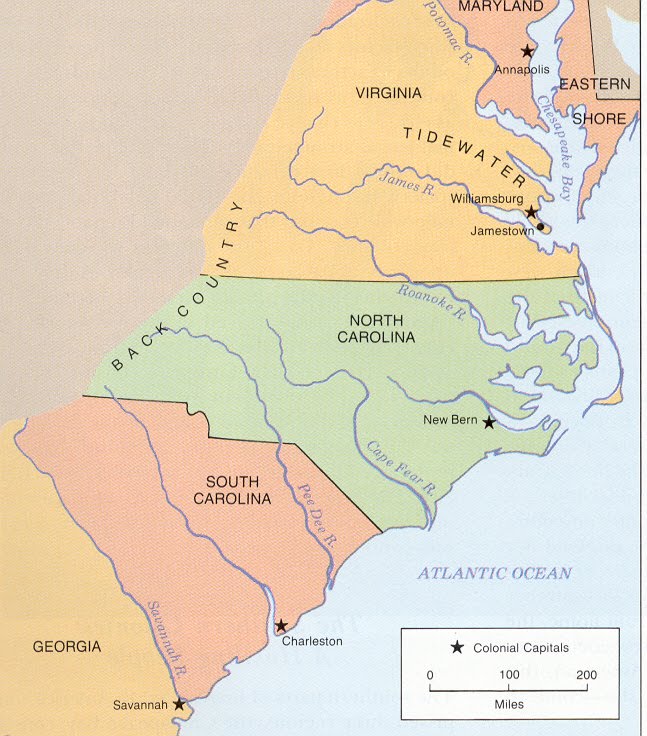
Mr. Jobe's AP US History Colonies Outline
After Bacon's Rebellion, the Chesapeake and Southern colonies moved towards using enslaved laborers brought from West Africa. Labor systems: The first labor system in the colony of Virginia was indentured servitude, in which servants worked for landowners in exchange for passage to America.

Maps Of The Southern Colonies
The Southern Colonies. Map of DeSoto's 1539-43 exploration through the Southeast. Virginia was the first successful southern colony. While Puritan zeal was fueling New England's mercantile development, and Penn's Quaker experiment was turning the middle colonies into America's bread basket, the South was turning to cash crops.
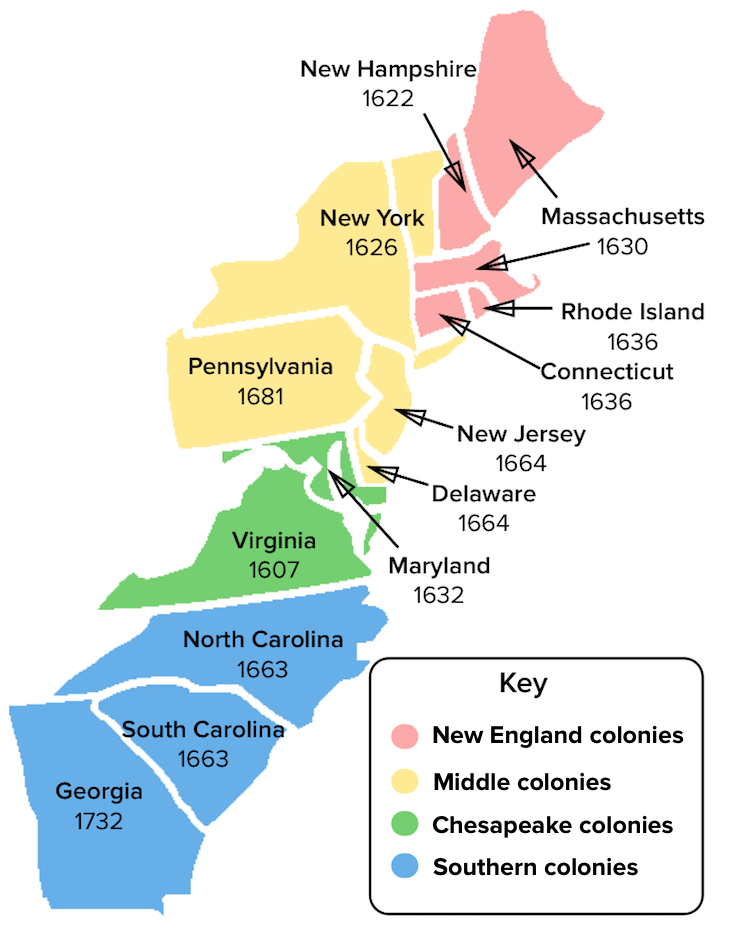
🎉 Who settled in the southern colonies. The Southern Colonies
By the 1700's, the American colonies grew into three distinct regions. The New England, Middle, and Southern regions each had different geographical and cultural characteristics that determined the development of their economy, society, and relationships to each other. The New England Colonies included Connecticut, Rhode Island, Massachusetts.

tabbapush / Southern Colonies
Map of the Southern Colonies . Maps of Colonial America - Proclamation of 1763 - Proclamation Line Map This Map of Colonial America shows the Proclamation Line Map of 1763. The Royal Proclamation of 1763 was an attempt by Great Britain to separate the white settlements of the colonies from Indian territories. The Proclamation of 1763 resulted.